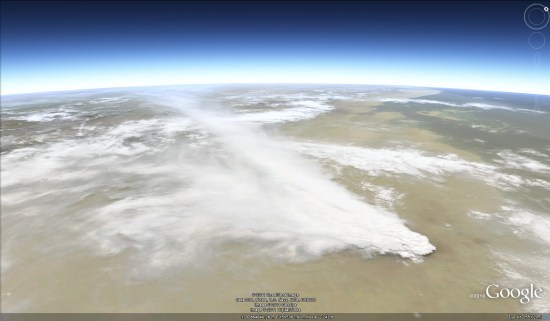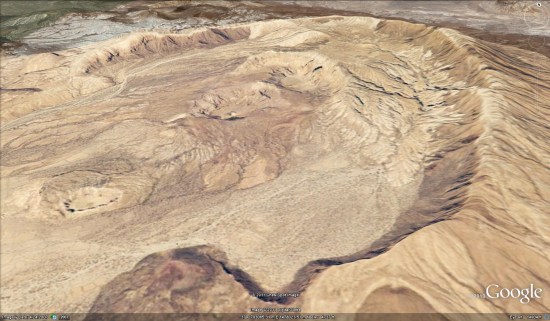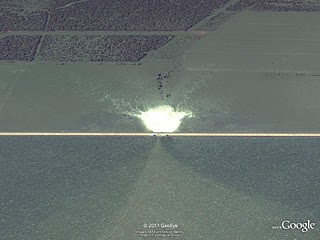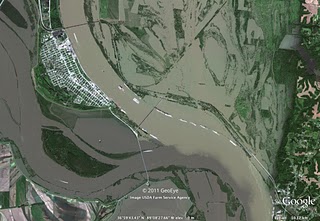“Do what you can to do what you ought, and leave hoping and
fearing alone.”
–Thomas Henry Huxley (1825–1895)
English biologist and educator
A couple bright sides to remember…
- Those gatekeepers keeping you from your prospects… You’ll love them once you’re on the other side and your competition comes calling. (Just be sure you’re continually qualifying your prospects — investing your effort only with the best possibilities… ).
- That deal you lose to a low-cost provider… Sometimes it can be more valuable in the long run. When the lowest priced product or service doesn’t meet the expectations of a customer, a deeper appreciation of the price/ value relationship is developed. This can create a new sales opportunity from what was initially lost – an opportunity for a much stronger business relationship than otherwise may have existed. (Make sure you keep your cool & kindness so you’re called if it happens.)
_____



